Why Lifetime Customer Value Drives Retention and Profitability

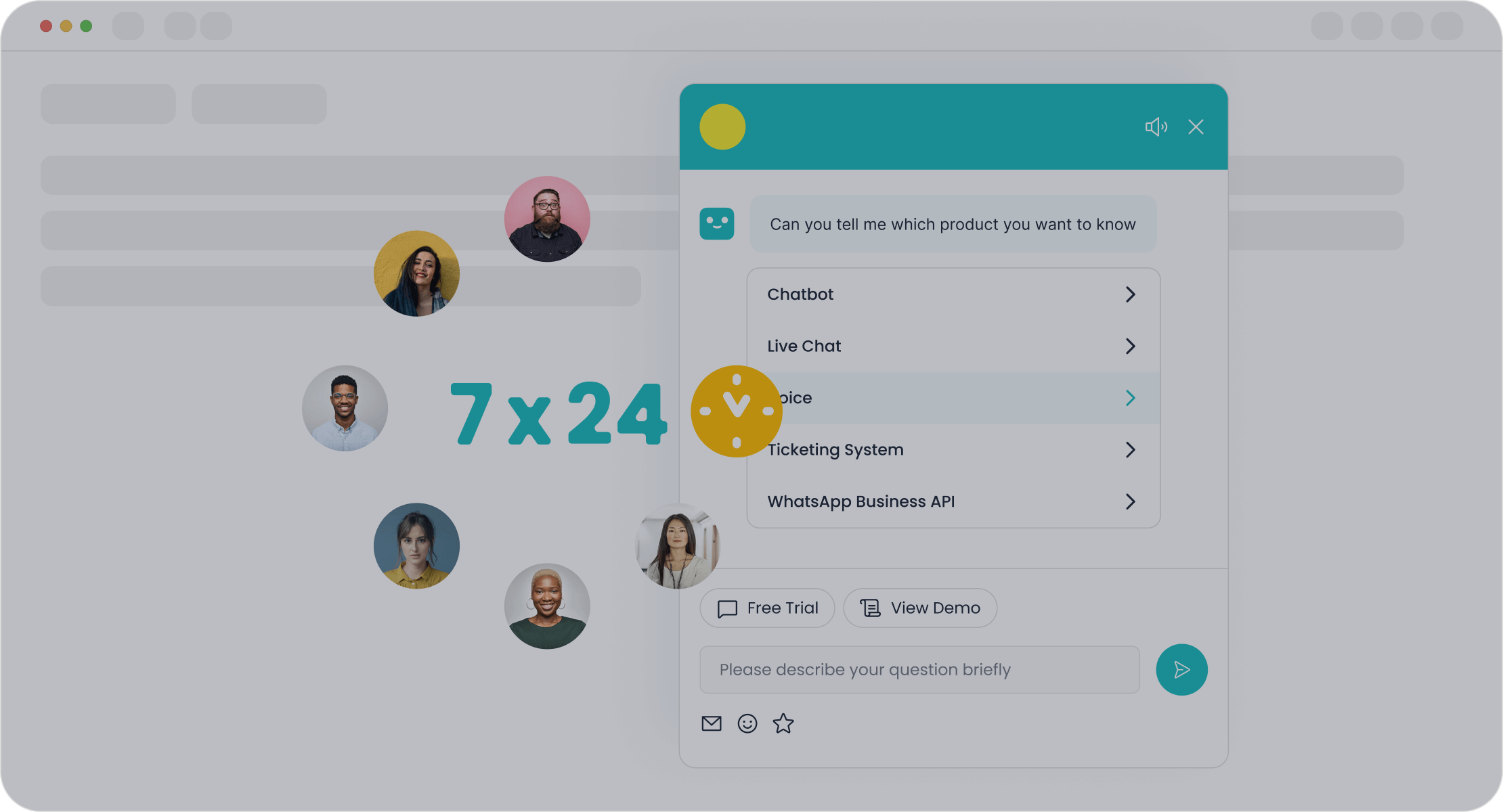
Understanding lifetime customer value (LCV) is essential for driving both retention and profitability in your business. By focusing on LCV, you can identify your most valuable customers and tailor strategies to keep them engaged. Research shows that increasing customer retention by just 5% can boost profits by up to 95%. Additionally, selling to existing customers is far more effective, with a success rate of 60%-70%, compared to only 5%-20% for new customers. Tools like Sobot’s AI Chatbot can help you enhance customer interactions, ensuring long-term loyalty and maximizing lifetime value.
Understanding Lifetime Customer Value (LCV)
What is Lifetime Customer Value?
Definition and significance of LCV as a metric.
Lifetime customer value (LCV) is a prediction of the total net profit a business can expect from a customer throughout their relationship. It shifts your focus from short-term gains to long-term profitability, encouraging strategies that build lasting connections. By understanding this metric, you can prioritize customer retention and maximize revenue over time.
Unlike customer profitability, which measures past performance, LCV looks forward. It integrates key customer behaviors, such as purchase frequency and spending habits, to forecast future contributions. For example, Amazon leverages LCV to identify high-value customers like Prime members, who spend an average of $1,340 annually. This insight allows businesses to allocate resources effectively and enhance customer engagement.
Key components: average purchase value, purchase frequency, and customer lifespan.
Three components form the foundation of LCV:
- Average Purchase Value: This measures how much a customer spends per transaction. Higher values indicate greater profitability.
- Purchase Frequency: This tracks how often a customer buys from you. Frequent purchases signal strong loyalty.
- Customer Lifespan: This estimates how long a customer remains active with your business. Longer relationships lead to higher LCV.
For instance, calculating LCV involves multiplying these components: (Average Purchase Value) x (Purchase Frequency) x (Customer Lifespan). This formula provides actionable insights, helping you identify opportunities to boost customer retention and spending.
Why LCV Matters for Businesses
Its role in identifying high-value customer segments.
LCV helps you pinpoint your most valuable customers. By segmenting them based on recency, frequency, and monetary value (RFM), you can tailor marketing efforts to maximize their lifetime contributions. For example, telecommunications companies use LCV to identify loyal customers and offer personalized incentives, improving retention and profitability.
How it informs customer retention and profitability strategies.
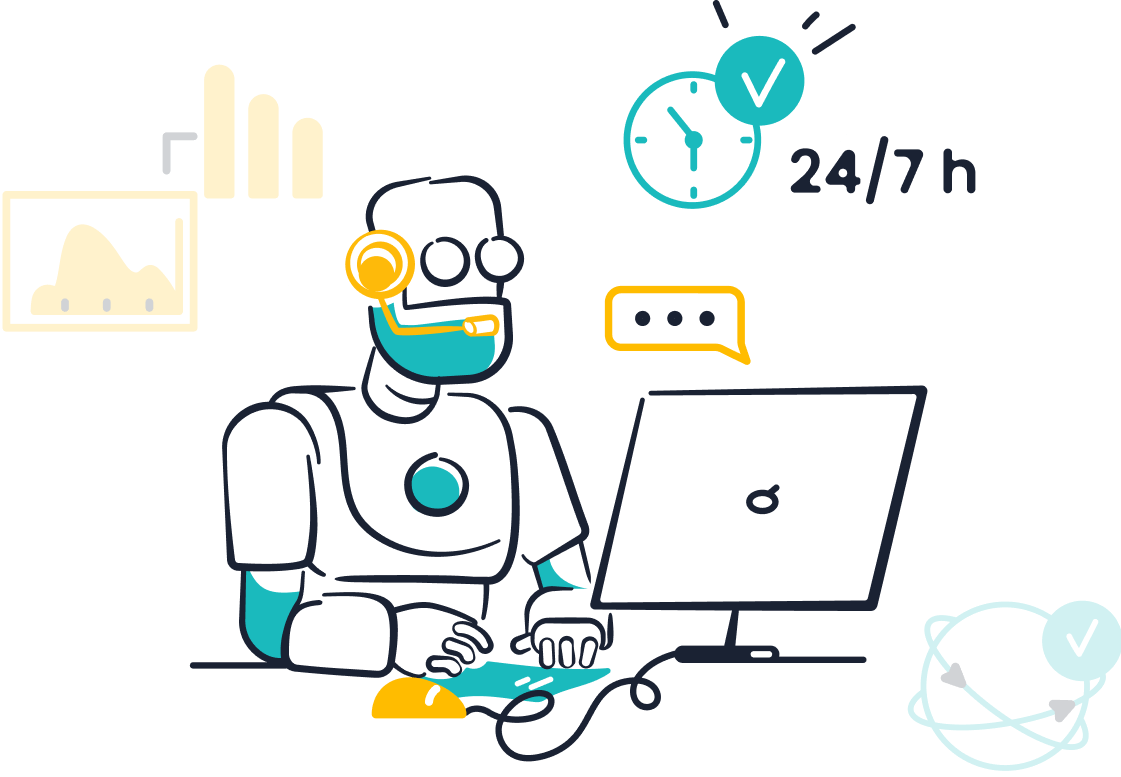
Tracking LCV enables you to refine your retention strategies. High-LCV customers often exhibit strong loyalty, making them ideal candidates for targeted campaigns. Additionally, retaining these customers is more cost-effective than acquiring new ones. Tools like Sobot’s AI Chatbot can enhance customer interactions, ensuring satisfaction and long-term loyalty. By automating responses and providing 24/7 support, the chatbot reduces costs while boosting engagement.
Tip: Businesses that focus on increasing LCV often see higher profits and sustainable growth. Start by analyzing your customer data to uncover actionable insights.
The Importance of LCV for Retention and Profitability
Enhancing Customer Retention
How LCV helps tailor retention strategies for high-value customers.
Lifetime customer value (LCV) empowers you to focus on your most valuable customers. By analyzing their spending habits and engagement patterns, you can design personalized customer retention strategies that resonate with them. For instance, offering exclusive rewards or early access to products can strengthen their loyalty. Businesses that prioritize high-LCV customers often see a significant boost in client retention value, as these individuals are more likely to remain loyal when they feel valued.
Tip: Use tools like Sobot’s AI Chatbot to enhance customer interactions. Its 24/7 availability ensures consistent support, fostering long-term relationships with high-value customers.
The connection between high LCV and long-term loyalty.
High-LCV customers tend to exhibit stronger loyalty over time. Studies reveal that loyal customers spend 67% more during their 31st to 36th months with a brand compared to their first six months. This demonstrates the direct link between customer lifetime value and sustained loyalty. By nurturing these relationships, you not only retain customers but also maximize their lifetime contributions to your business.
Driving Profitability
Identifying the most profitable customer segments.
Tracking customer lifetime value helps you identify the segments that drive the most profit. These insights allow you to allocate resources effectively, ensuring your efforts target the right audience. For example, focusing on customers with high purchase frequency and average transaction value can significantly enhance your revenue streams. Businesses leveraging LCV data often refine their marketing strategies to boost profitability.
Cost-effectiveness of retaining high-LCV customers versus acquiring new ones.
Retaining existing customers costs six to seven times less than acquiring new ones. Moreover, a 5% increase in retention can lead to a profitability boost of 25% or more. High-LCV customers contribute disproportionately to your profits, making their retention a top priority. Tools like Sobot’s AI Chatbot reduce service costs while improving engagement, ensuring you retain these valuable customers efficiently.
Strategic Decision-Making
Using LCV to allocate resources effectively.
Customer lifetime value serves as a framework for resource allocation. By understanding which customers generate the most revenue, you can optimize your budget and focus on strategies that yield the highest returns. For instance, investing in loyalty programs for high-LCV customers ensures a superior return on investment.
How LCV guides marketing and customer service investments.
LCV insights guide your marketing and customer service efforts. Businesses that focus on high-LCV customers often see improved retention rates and higher profits. For example, Sobot’s AI Chatbot enhances customer service by automating responses and providing real-time assistance. This not only reduces costs but also ensures a seamless experience, boosting customer satisfaction and loyalty.
Note: A 7% increase in brand loyalty can result in an 85% rise in customer lifetime value, underscoring the importance of investing in long-term relationships.
How to Calculate Lifetime Customer Value
Steps to Calculate LCV
Formula: LCV = (Average Purchase Value) x (Purchase Frequency) x (Customer Lifespan).
Calculating Lifetime Customer Value (LCV) involves a straightforward formula:
LCV = Average Purchase Value (APV) × Purchase Frequency (PF) × Customer Lifespan (CL).
This formula helps you predict the total revenue a customer will generate over their relationship with your business. By understanding this, you can make informed decisions to enhance profitability and retention.
Example calculation for better understanding.
Let’s break it down with an example:
-
Calculate Average Purchase Value (APV):
Divide the total value of orders by the number of orders.
Example: $500,000 ÷ 5,000 = $100. -
Determine Purchase Frequency (PF):
Divide the total number of orders by the number of unique customers.
Example: 5,000 ÷ 600 ≈ 8.33. -
Estimate Customer Lifespan (CL):
Use the average number of years customers stay active.
Example: If customers typically order for 5 years, CL = 5. -
Calculate LCV:
Multiply APV, PF, and CL.
Example: $100 × 8.33 × 5 = $4,165.
This means each customer contributes $4,165 in revenue over their lifetime. Understanding this value allows you to allocate resources effectively and focus on high-value customers.
Tools for LCV Calculation
Leveraging Sobot's Chatbot and analytics tools for accurate LCV measurement.
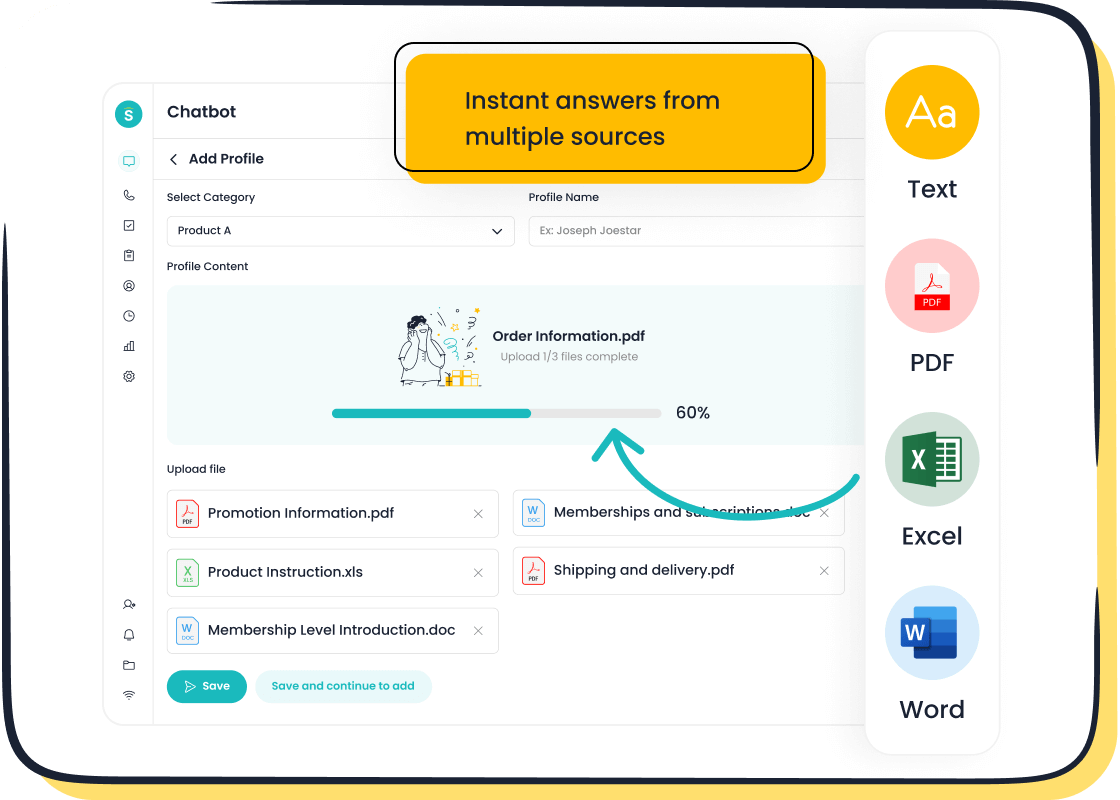
Accurate LCV calculations require reliable tools. Sobot’s AI Chatbot, combined with advanced analytics, simplifies this process. The chatbot collects real-time customer data, such as purchase history and engagement patterns, across multiple channels. This data feeds into analytics platforms, providing precise insights into customer behavior and lifetime value. By automating data collection and analysis, Sobot ensures you can focus on strategies to boost retention and profitability.
Importance of data accuracy and integration in LCV calculations.
Accurate data is the backbone of reliable LCV calculations. Integrated systems, like Sobot’s omnichannel solutions, unify customer interactions across platforms. This eliminates data silos and ensures consistency. For example, combining chatbot data with CRM systems provides a holistic view of customer activity. This integration not only improves LCV accuracy but also helps you identify trends and opportunities to enhance customer lifetime value.
Pro Tip: Use tools that centralize customer data and offer actionable insights. This approach saves time and ensures your strategies are data-driven.

Strategies to Increase Customer Lifetime Value
Improving Customer Experience
Personalization and proactive communication using tools like Sobot's Chatbot.
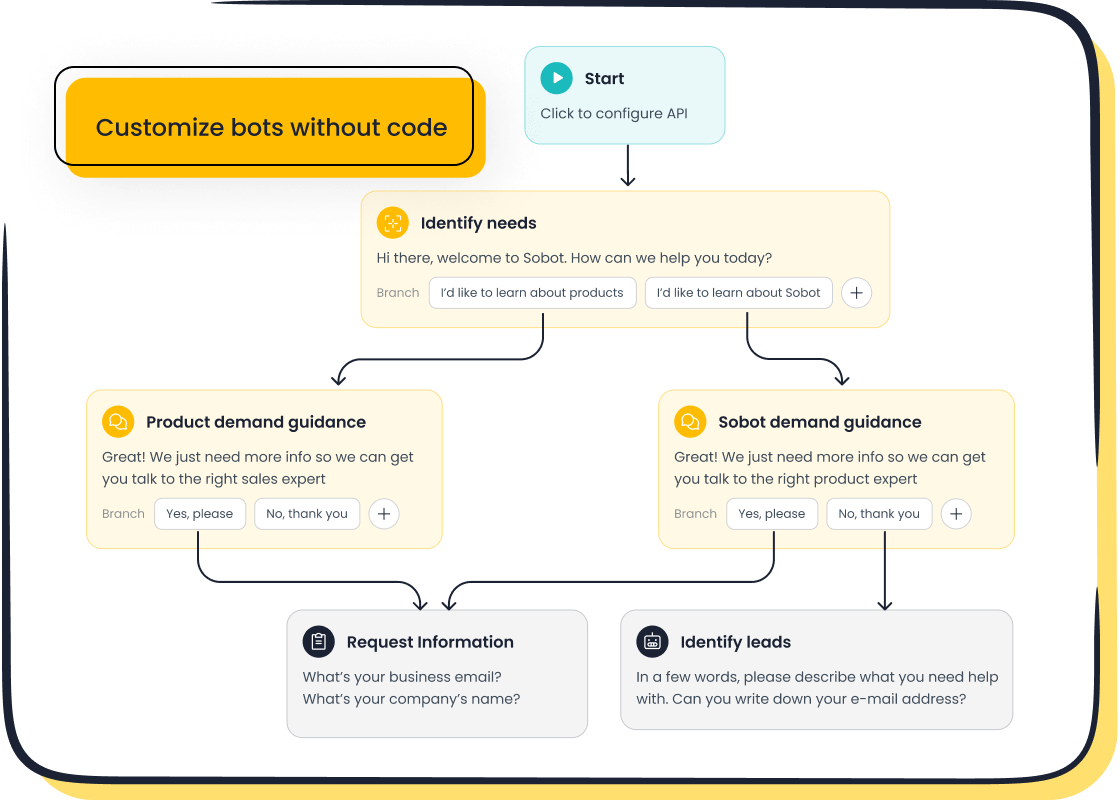
Personalization is key to building emotional connections with your customers. When you tailor experiences to their preferences, they feel valued and are more likely to stay loyal. Tools like Sobot’s AI Chatbot make personalization effortless. The chatbot collects data from customer interactions across channels, enabling you to deliver proactive communication. For example, it can send reminders about upcoming deals or suggest products based on past purchases. This approach not only boosts satisfaction but also increases customer lifetime value. Studies show that emotionally connected customers have a 306% higher lifetime value and are 71% more likely to recommend your brand.
Providing exceptional customer support and service.
Exceptional customer service builds trust and loyalty. Customers who receive timely and effective support are more likely to return. Sobot’s AI Chatbot ensures 24/7 availability, resolving queries instantly and freeing agents to handle complex issues. This seamless experience reduces frustration and enhances retention. A brand loyalty survey found that a 7% increase in loyalty can lead to an 85% rise in customer lifetime value. By prioritizing support quality, you create lasting relationships that drive profitability.
Implementing Loyalty Programs
Rewarding repeat purchases and fostering long-term loyalty.
Loyalty programs encourage repeat purchases and strengthen customer loyalty. Offering rewards like discounts, points, or exclusive perks motivates customers to keep engaging with your brand. For instance, Sephora’s Beauty Insider program has over 25 million members, significantly boosting sales from its top tier. Research shows that 72% of adults in the US belong to at least one loyalty program, and 77% stay loyal for over 10 years. By implementing a well-structured program, you can increase customer lifetime value and retention.
Examples of effective loyalty program structures.
Effective loyalty programs focus on personalization and engagement. Tiered systems, like Sephora’s, reward customers based on spending levels, encouraging higher purchases. Subscription-based models, such as Amazon Prime, offer exclusive benefits that foster long-term loyalty. Netflix’s personalized experiences have resulted in a low churn rate of 2.4%, proving the impact of tailored programs. These structures not only boost customer satisfaction but also drive repeat purchases and higher lifetime value.
Boosting Purchase Frequency and Value
Upselling and cross-selling strategies.
Upselling and cross-selling are powerful ways to increase purchase frequency and value. By recommending complementary products or premium upgrades, you enhance customer satisfaction while driving revenue. Sobot’s AI Chatbot uses centralized data to suggest personalized options, ensuring relevance. Current customers are 50% more likely to try new products, making them ideal targets for these strategies. This approach guarantees better success rates and boosts customer lifetime value.
Offering subscription models or exclusive deals.
Subscription models and exclusive deals create consistent revenue streams and encourage repeat purchases. Offering subscriptions for essential products or services ensures customers stay engaged over time. Exclusive deals, such as early access to sales or limited-time offers, build excitement and loyalty. For example, Amazon Prime members spend significantly more annually due to the program’s benefits. These strategies not only increase customer lifetime value but also strengthen retention.
Building Strong Customer Relationships
Engaging customers through consistent follow-ups.
Consistent follow-ups show your customers that you value their relationship. Regular communication keeps your brand top of mind and strengthens trust. For example, sending a thank-you email after a purchase or a reminder about an upcoming sale can make a lasting impression. Studies reveal that 80% of sales require at least five follow-ups, yet many businesses stop after one or two. By staying proactive, you can nurture relationships and increase customer lifetime value.
Sobot’s AI Chatbot simplifies follow-ups by automating personalized messages. It can send reminders, share updates, or even suggest products based on past purchases. This ensures timely communication without overwhelming your team. Customers appreciate this level of attention, which fosters loyalty and drives repeat business. A well-timed follow-up can turn a one-time buyer into a lifetime supporter of your brand.
Leveraging feedback to improve products and services.
Customer feedback is a goldmine for improving your offerings. Listening to your customers helps you identify pain points and areas for growth. According to research, 77% of customers view brands more favorably when they seek and act on feedback. This approach not only enhances satisfaction but also boosts customer lifetime value by aligning your products with their needs.
Sobot’s omnichannel solutions make collecting feedback seamless. Whether through live chat, surveys, or chatbot interactions, you can gather insights from every touchpoint. For instance, OPPO used Sobot’s tools to optimize its knowledge base, reducing maintenance efforts by 90% and achieving a 94% positive feedback rate. Acting on feedback shows customers that their opinions matter, strengthening trust and loyalty over time.
Tip: Use feedback as a roadmap for innovation. When customers see their input reflected in your products, they’re more likely to stay loyal for a lifetime.
The Long-Term Benefits of Focusing on LCV
Sustainable Business Growth
How LCV ensures steady revenue streams.
Focusing on customer lifetime value (LCV) creates a foundation for steady revenue growth. By understanding LCV, you can predict long-term profitability and make informed decisions. Businesses that invest in customer experiences and loyalty programs often see higher retention rates. This leads to consistent revenue streams as loyal customers continue to engage with your brand. For example, companies that prioritize LCV allocate resources effectively, ensuring sustainable growth over time.
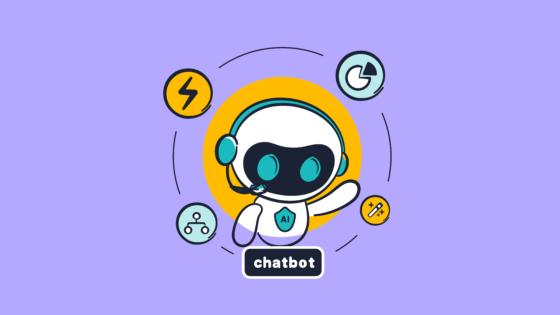
Tip: Use tools like Sobot’s AI Chatbot to enhance customer interactions. Its 24/7 availability and personalized communication improve retention, boosting your revenue predictably.
The role of LCV in building a loyal customer base.
LCV plays a critical role in fostering loyalty. Customers who feel valued are more likely to stay with your brand. Studies show that emotionally connected customers have a 306% higher lifetime value. By focusing on LCV, you can create personalized strategies that strengthen these connections. For instance, offering tailored rewards or exclusive deals can turn one-time buyers into lifelong supporters. A loyal customer base not only drives revenue but also reduces acquisition costs, ensuring long-term profitability.
Competitive Advantage
How businesses with high LCV outperform competitors.
Businesses with high LCV consistently outperform their competitors. Selling to existing customers is far more effective, with a success rate of 60%-70%, compared to just 5%-20% for new customers. Loyal customers also spend more over time, contributing to higher sales growth. Companies that focus on LCV build stronger relationships, leading to an 85% increase in sales compared to competitors. This advantage allows you to dominate your market and achieve sustained success.
The importance of customer-centric strategies in today’s market.
In today’s competitive landscape, customer-centric strategies are essential. By prioritizing LCV, you can tailor your services to meet customer needs. This approach not only enhances satisfaction but also builds trust. For example, Sobot’s AI Chatbot enables you to deliver personalized support across multiple channels. This strengthens relationships and ensures your customers remain loyal. A 7% increase in loyalty can lead to an 85% rise in LCV, proving the importance of customer-focused strategies.
Lifetime customer value (LCV) is a game-changer for businesses aiming to boost retention and profitability. By focusing on LCV, you can identify high-value customers, refine marketing strategies, and ensure that the value of each customer exceeds acquisition costs. This approach not only enhances customer loyalty but also drives sustainable growth. For example, segmenting customers into value groups allows you to target them with personalized offers, increasing their lifetime contributions.
Consistently measuring and improving customer lifetime value is essential. Predictive models like the BG/NBD and Gamma-Gamma help forecast customer behavior, while tools like Sobot’s AI Chatbot streamline data collection and customer interactions. These insights enable you to align LCV with acquisition costs and optimize resource allocation effectively.
Adopting LCV-focused strategies ensures long-term success. Sobot’s Chatbot empowers you to deliver exceptional customer experiences, fostering loyalty and maximizing lifetime value. Start leveraging these strategies today to gain a competitive edge and secure your business’s future.
FAQ
What is the best way to improve Lifetime Customer Value (LCV)?
Focus on customer retention. Loyal customers spend 67% more in their third year than in their first. Use tools like Sobot’s AI Chatbot to personalize interactions, automate follow-ups, and provide 24/7 support. These strategies build trust and encourage repeat purchases, boosting LCV.
Tip: Start with small loyalty programs to reward repeat customers.
How does Sobot’s AI Chatbot help increase LCV?
Sobot’s AI Chatbot automates customer interactions, saving time and reducing costs. It personalizes communication, recommends products, and resolves queries instantly. This improves customer satisfaction and loyalty. For example, OPPO achieved an 83% chatbot resolution rate, leading to a 57% increase in repurchase rates.
Learn More: Sobot AI Chatbot
Why is retaining high-LCV customers more cost-effective?
Acquiring new customers costs 6-7 times more than retaining existing ones. High-LCV customers contribute more to your revenue over time. Tools like Sobot’s omnichannel solutions ensure seamless communication, keeping these valuable customers engaged and loyal.
Can small businesses benefit from tracking LCV?
Absolutely! Tracking LCV helps small businesses allocate resources wisely. By identifying high-value customers, you can focus on retention strategies like personalized offers or loyalty programs. Sobot’s analytics tools simplify this process, making it accessible for businesses of all sizes.
Fact: A 5% increase in retention can boost profits by up to 95%.
How do I calculate LCV accurately?
Use the formula:
LCV = (Average Purchase Value) x (Purchase Frequency) x (Customer Lifespan)
For precise results, integrate tools like Sobot’s Chatbot with your CRM. This ensures accurate data collection and analysis, helping you make informed decisions to maximize profitability.
Example: If APV = $100, PF = 8, and CL = 5 years, LCV = $4,000.
See Also
Excelling At Live Chat Within The Retail Sector
Enhancing Live Chat Capabilities For Retail Businesses
Comparative Analysis Of Leading Customer Feedback Tools